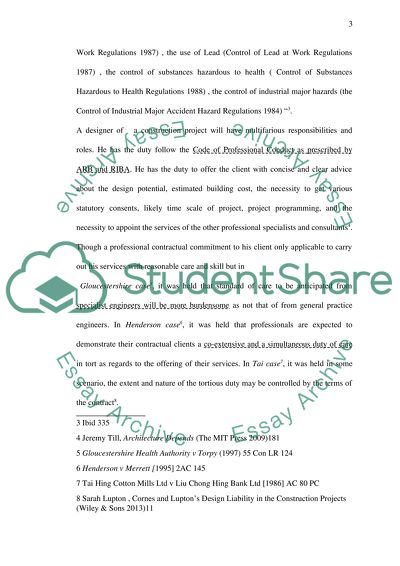Cite this document
(“Advanced Construction Law Essay Example | Topics and Well Written Essays - 3500 words - 1”, n.d.)
Retrieved from https://studentshare.org/law/1653336-advanced-construction-law
Retrieved from https://studentshare.org/law/1653336-advanced-construction-law
(Advanced Construction Law Essay Example | Topics and Well Written Essays - 3500 Words - 1)
https://studentshare.org/law/1653336-advanced-construction-law.
https://studentshare.org/law/1653336-advanced-construction-law.
“Advanced Construction Law Essay Example | Topics and Well Written Essays - 3500 Words - 1”, n.d. https://studentshare.org/law/1653336-advanced-construction-law.


